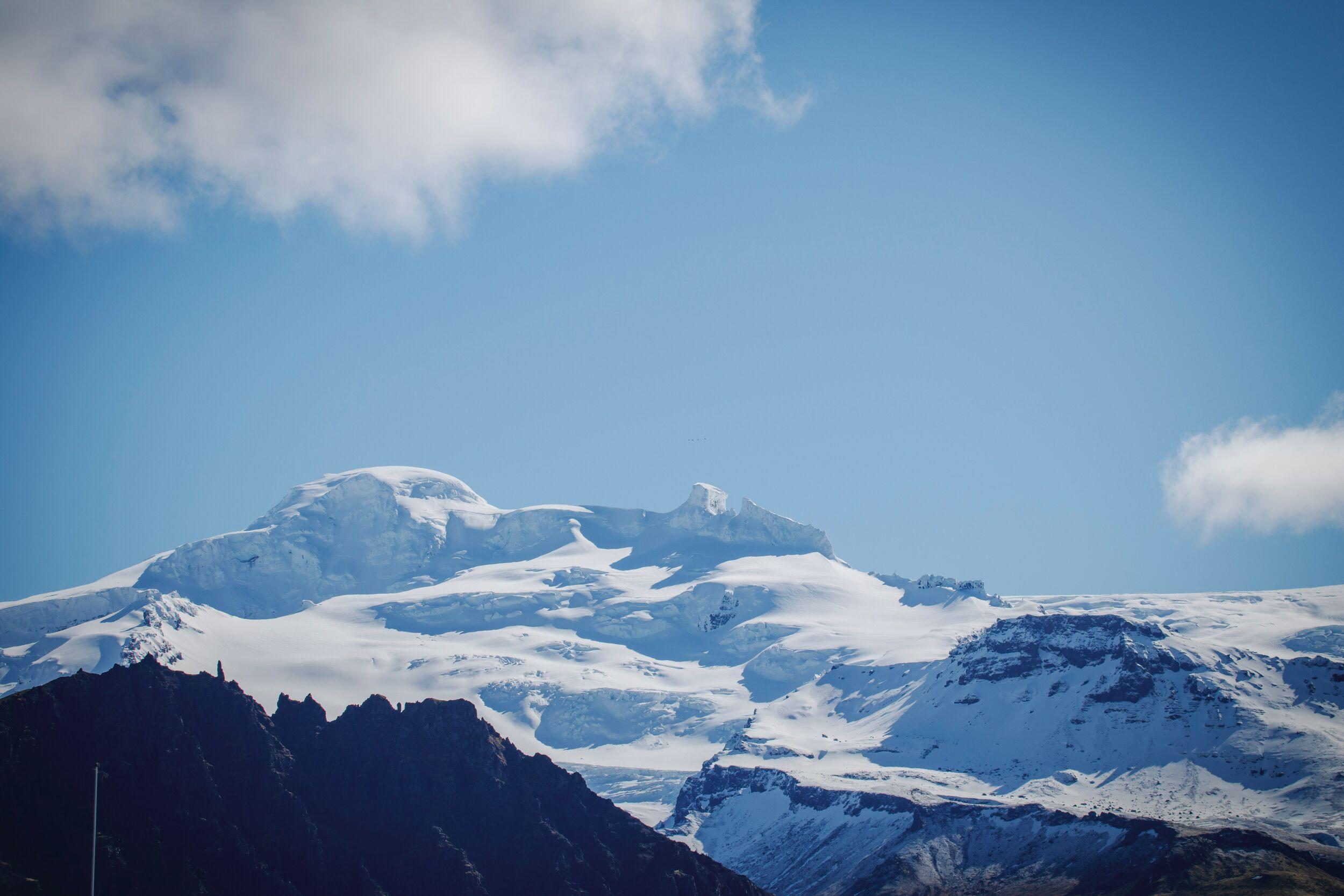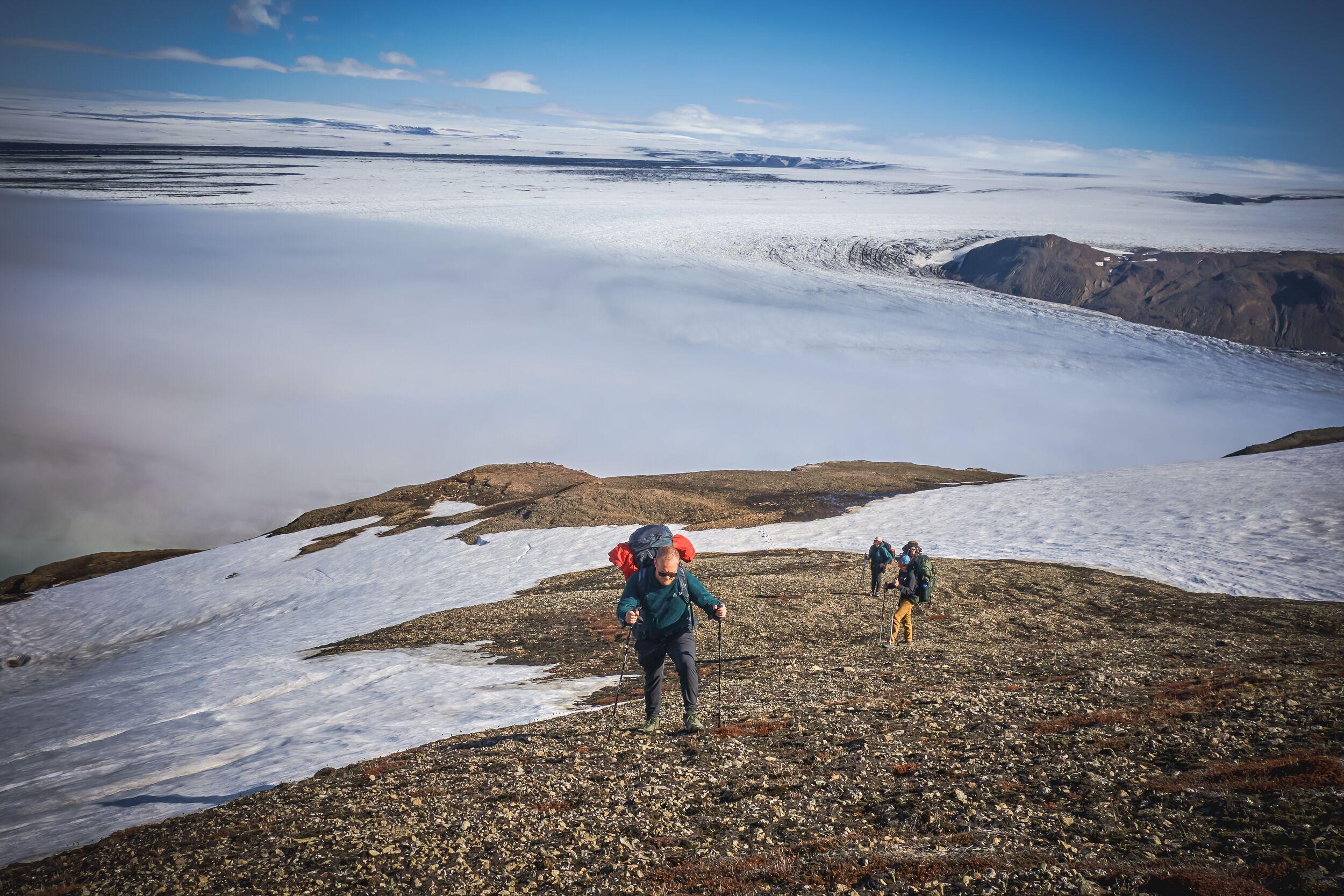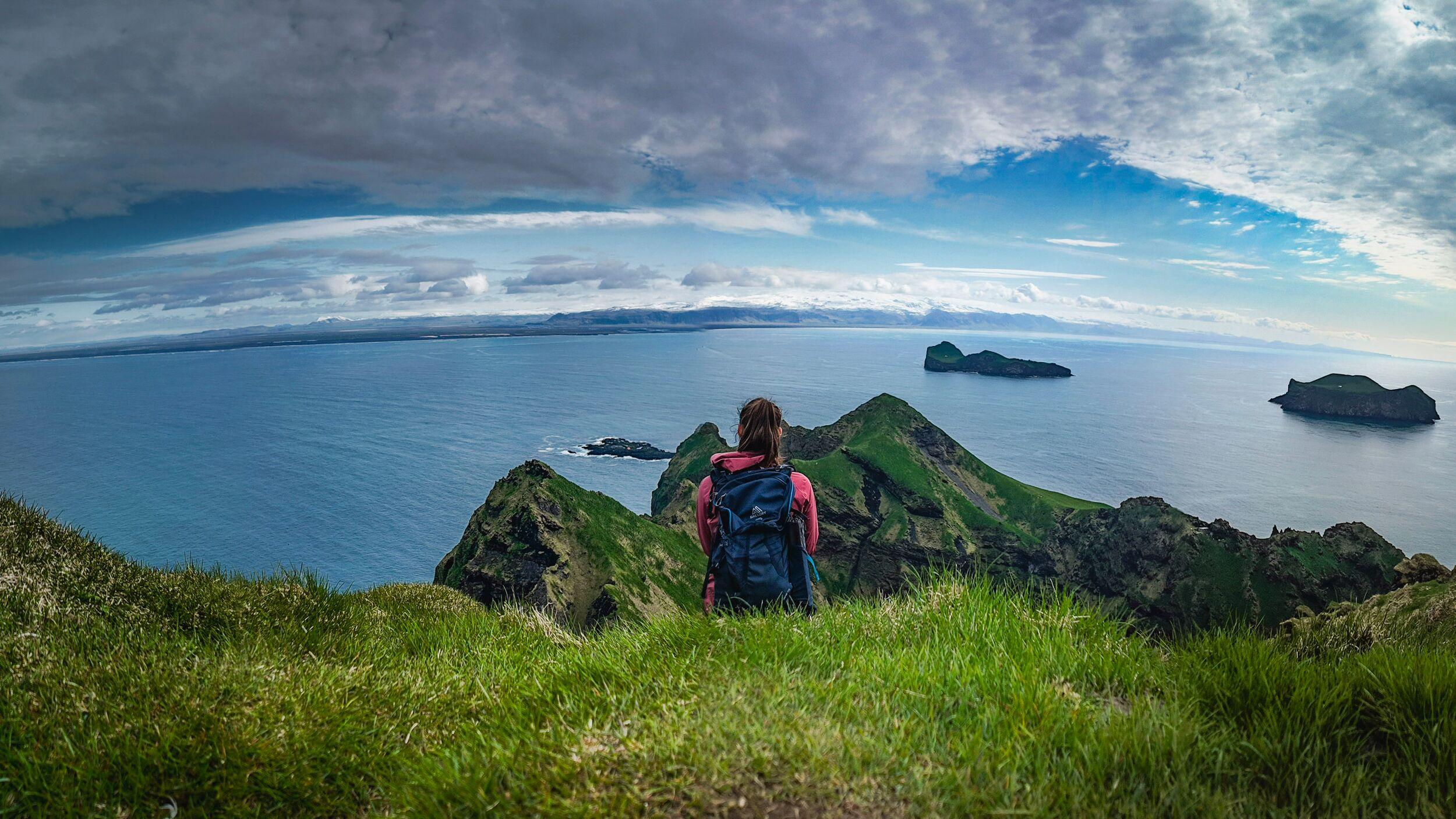
Summer vs. Winter Glacier Adventures
Exploring an Icelandic glacier is a powerful experience at any time of year, but summer and winter glacier-walk tours feel distinctly different. Read our guide to help you choose.
Welcome to the Iceland Adventure Blog, where expert guides and seasoned adventurers share their knowledge of Iceland’s wildest experiences. From epic hikes and multi-day backpacking treks to backcountry skiing and high-adrenaline adventures, we bring you insider tips and firsthand stories from the land of fire and ice. This is your go-to source for tackling Iceland’s rugged landscapes like a pro.
Your Iceland Adventure starts here—are you ready?

Exploring an Icelandic glacier is a powerful experience at any time of year, but summer and winter glacier-walk tours feel distinctly different. Read our guide to help you choose.

Whether you’re a seasoned mountaineer craving the crunch of crampons on ice, or a curious traveller eager for a surreal walk on glacial ice, there’s a glacier-based experience in Iceland that’s just right for you.

In this guide, we’ll introduce you to Vatnajökull vs Sólheimajökull, breaking down what makes each one special, how they differ and which might be right for your next glacier adventure (spoiler alert: you’re going to want to experience both).

From the lofty white domes of Vatnajökull to the shimmering ice caves of its outlet glaciers, Iceland’s frozen realms offer more than dramatic scenery—they are dynamic, living systems shaped by geology, climate and time. Come along as we explore the science of glaciers, how these magnificent masses form and evolve over millennia, and their role in shaping the Icelandic landscape.

Exploring Iceland’s Natural Wonders Responsibly. Iceland’s dramatic glaciers, volcanic peaks and untamed highlands attract adventurers from all over the world. From hiking the famous Laugavegur Trail to summiting Snæfellsjökull, these landscapes offer once-in-a-lifetime experiences. But with great beauty comes great responsibility. As travellers, the choices we make can protect — or harm — these fragile environments. In this day and age of awareness about human impact on the environment, it should be a no-brainer to strive for the former.